Is Sauerkraut Low FODMAP?
If you’re here it’s because you’re wondering is sauerkraut low fodmap? The short answer is yes! However, it depends on how the sauerkraut is made, what ingredients are used, the salt concentration, and how long the sauerkraut is fermented. The biggest factor is the fermentation time.
If you are concerned about FODMAPs in sauerkraut, homemade sauerkraut will be the best. You can control how long it ferments. The longer it ferments, the better. The optimal fermentation time for low FODMAP sauerkraut is 28 days at a moderate temperature of around 74 degrees F.
If you’ve ever tried a sauerkraut recipe from our blog, you’ve made sauerkraut that is low FODMAP. All of my sauerkraut recipes call for a fermentation time of at least 21-28 days, making them easier to digest.

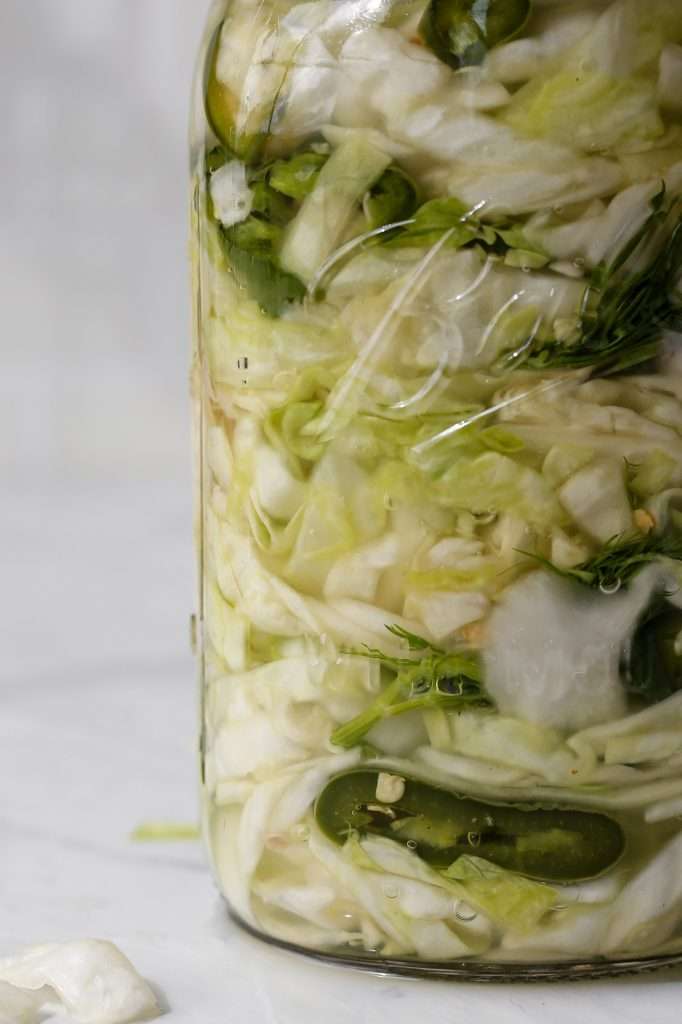
Sauerkraut FODMAP Content
Sauerkraut fermentation involves live lactic acid bacteria called Leuconostoc spp. and Lactobacillus spp. (spp. just mean various species in the genus).
Leuconostoc spp. are the bacteria that make all the bubbles in the beginning stages of sauerkraut fermentation. These bacteria are only present early on in vegetable fermentation.
The early-stage Leuconostoc species are heterofermentative lactic acid bacteria. When these bacteria ferment the cabbage, they rapidly break it down and produce oligosaccharides and mannitol. These compounds are FODMAPs and can cause issues for people with IBS.
This is why some say that sauerkraut is high FODMAP, but raw cabbage is low. However, not all sauerkraut is high FODMAP; only sauerkraut that is fermented too briefly is high FODMAP.
If you allow the sauerkraut to continue fermenting for 28 days, the Leuconostoc bacteria die off, the bubbles stop, and a different group of beneficial bacteria takes over, Lactobacillus.
Lactobacilli break down all the oligosaccharides, mannitol, and other fermentable sugars. The key is that these bacteria need enough time to do this.
If you allow sauerkraut (or any vegetable) to ferment at room temperature for at least 21-28 days, then Lactobacilli have enough time to essentially eliminate all FODMAPs in sauerkraut.
Note that I can only speak for my recipes. Fermentation has a lot of variables, so other people’s sauerkraut recipes may not yield low FODMAP results.
Is sauerkraut low FODMAP if made with different types of cabbage?
I hope you just finished reading the section above because it’s the most important part. No matter what type of cabbage you use, what I explained in the section above applies.
Now, I want to mention sauerkraut made with purple or red cabbage. Red cabbage varieties contain fructan and galactooligosaccharides (GOS), two FODMAPs. Through fermentation, fructan and GOS are broken down, though. When in doubt, let sauerkraut made with purple/red cabbage ferment a bit longer.
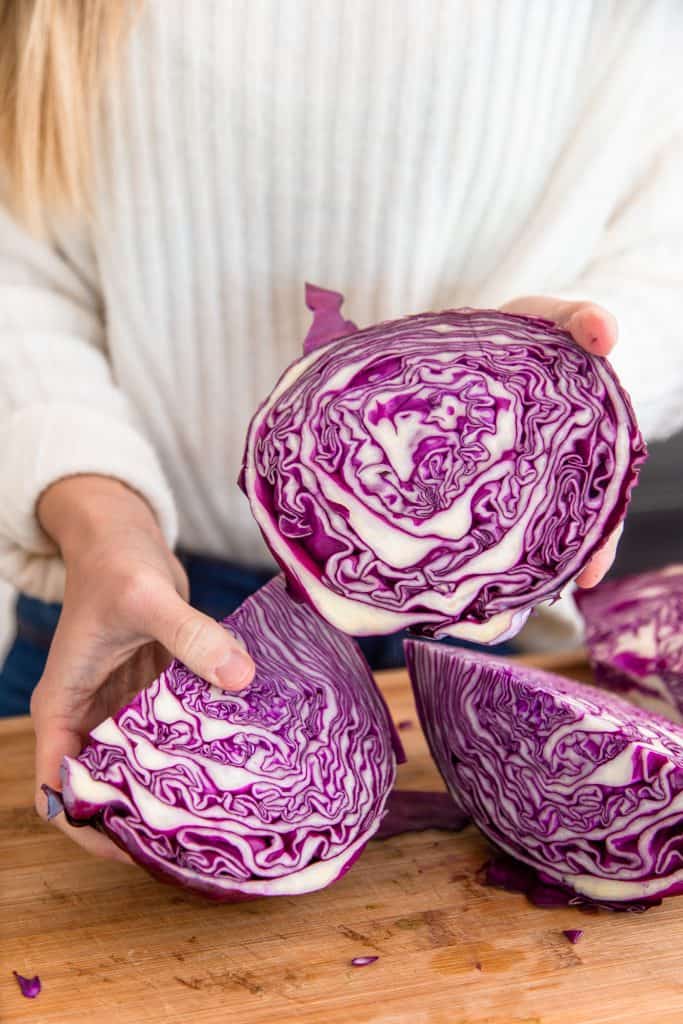
Is sauerkraut low FODMAP if made with garlic and other ingredients?
YES! No matter what you add to sauerkraut, if you let it ferment long enough, it will be low FODMAP. You can even ferment garlic and onions in sauerkraut, and it will still be low FODMAP.
What Fermented Foods are Low FODMAP
All the wild-fermented vegetable recipes on our blog are low FODMAP. Follow the fermentation timelines in each recipe for low FODMAP results. Most vegetables can ferment at room temperature for 21-28 days with great results.
If you struggle with IBS and are on a low FODMAP protocol, ask your doctor about trying long-fermented vegetables. If it suits you, I suggest fermenting vegetables to cook with too. Cooking kills the probiotics, but that’s okay. Fermenting vegetables before cooking them into recipes makes them much easier to digest. Eat some of the fermented vegetables raw for probiotics, but cook with some too.
The Best Low FODMAP Fermented Foods
You can learn how to ferment the best low FODMAP fermented foods here on our blog or by becoming a student in our online course bundle!
How to Make Old Fashioned Sauerkraut with Caraway Seeds
Enjoy this delicious Bavarian-style sauerkraut recipe made with caraway seeds. In this step-by-step recipe, you will learn to make old fashioned sauerkraut with caraway seeds in a mason jar.
Fermented Cucumbers: Fermenting Sliced Cucumbers Two Ways
This fermented cucumbers recipe makes it easy to ferment pickles that stay crunchy and crisp. Learn the best techniques for fermenting sliced cucumbers.
Fermented Giardiniera with Cauliflower, Shallots and Peppers
Giardiniera is a mix of pickled vegetables in vinegar or oil in Italy, but here we used wild fermentation to create a delicious fermented Giardiniera recipe.
Roasted Jalapeno Sauerkraut with Dill and Garlic
Enjoy this spicy, salty, flavorful jalapeno sauerkraut made with roasted jalapenos, garlic, and dill. It’s long fermented for 21 days giving it the best flavor.
Homemade Kimchi Inspired Spicy Sauerkraut Recipe
What does kimchi taste like? It’s spicy, umami, sour and absolutely delicious! Learn how to make kimchi sauerkraut, a spicy sauerkraut recipe with delicious kimchi flavor.
Pepper Fermentation Recipe: Learn How to Ferment Any Type of Pepper
How do you make fermented peppers? What is the best salt ratio for fermenting peppers? how long to ferment peppers? With our Easy Pepper Fermentation Recipe you’ll have the best fermented peppers in just 5 weeks! Learn how to ferment peppers at home.
The Best Fermented Green Beans with Ginger and Scallions
Fermenting green beans is easy! With just salt, water, fresh green beans, and spices, you can make these probiotic-packed fermented green beans.
Turmeric Napa Cabbage Sauerkraut
If you ever wondered if you can make sauerkraut with napa cabbage, the answer is yes! This delicious turmeric sauerkraut recipe is a simple napa cabbage sauerkraut, perfect for preserving in-season fall and winter cabbage.
Easy Fermented Zucchini Pickles with Thyme and Lemon
In the summer, my favorite thing to ferment is zucchini. I went for a light and fresh flavor with thyme, lemon, and red pepper for this fermented zucchini.
Fermented Ginger Sauerkraut with Orange and Sesame
Learn how to ferment ginger sauerkraut with orange and sesame. With only six ingredients and some patience, you can make this flavorful sauerkraut
Fermented Beet and Red Cabbage Sauerkraut
This fermented beet and red cabbage sauerkraut recipe is the best way to make fermented beets and cabbage. Beet sauerkraut is ready to eat in three weeks.





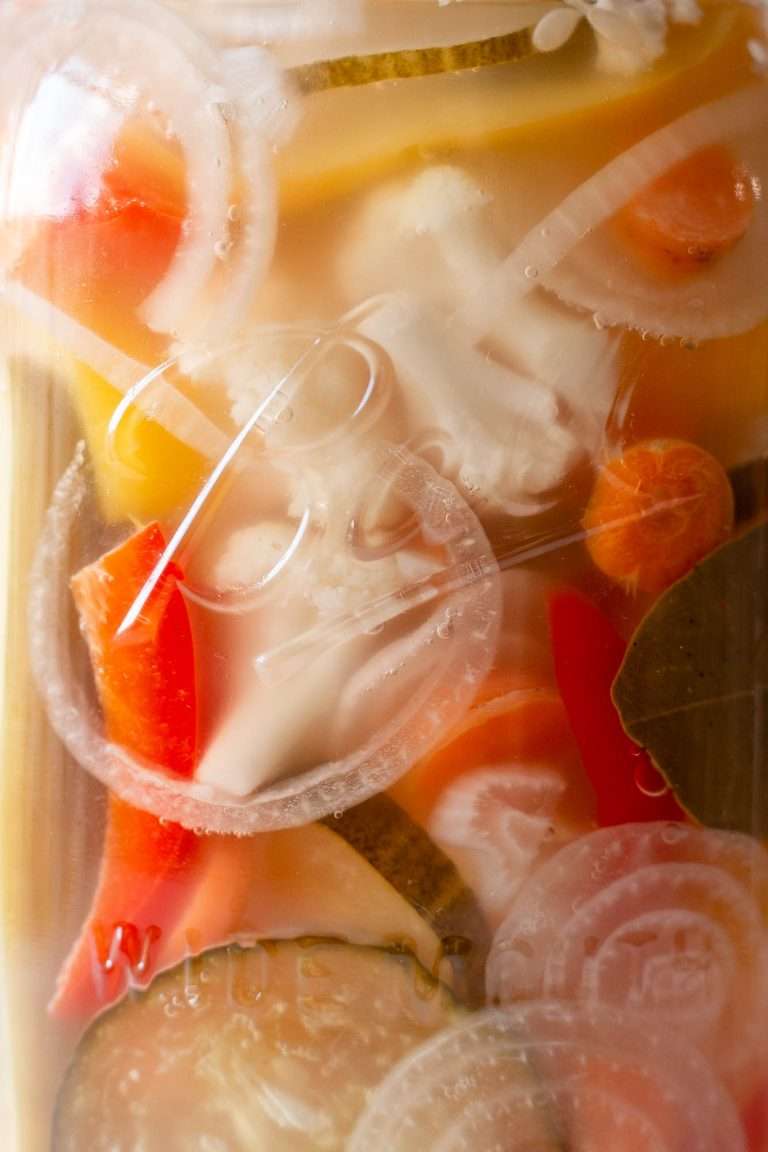
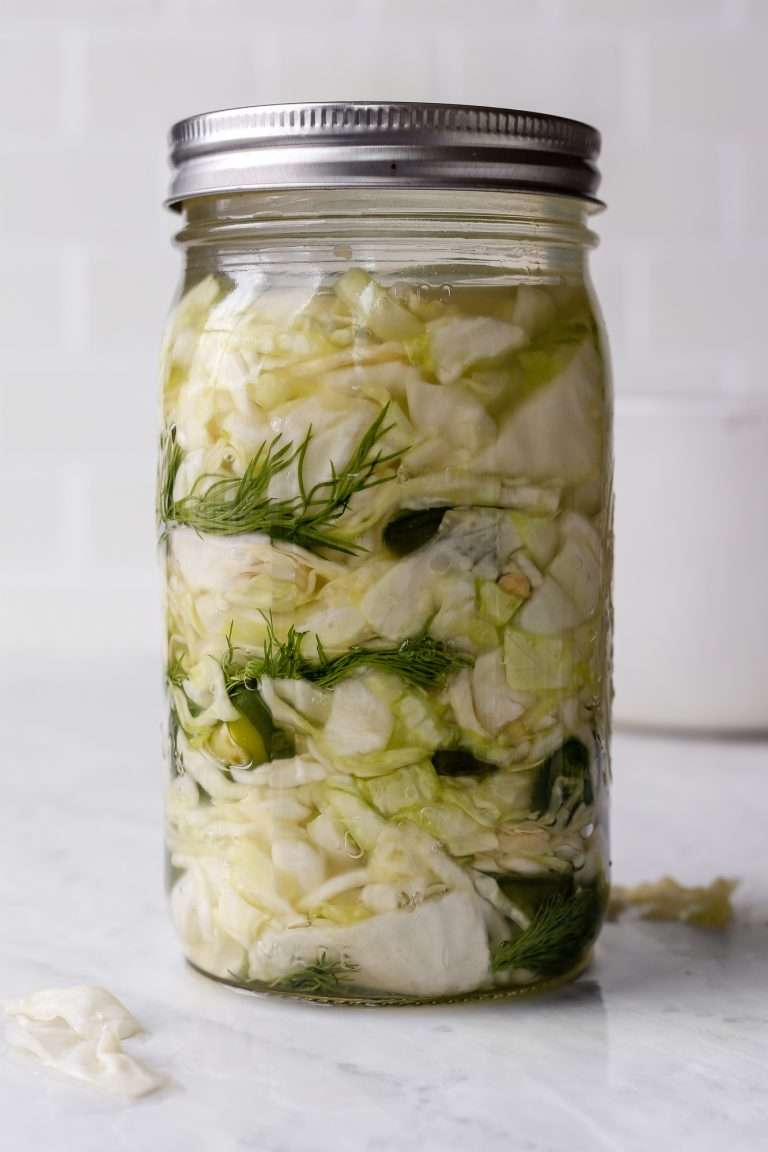
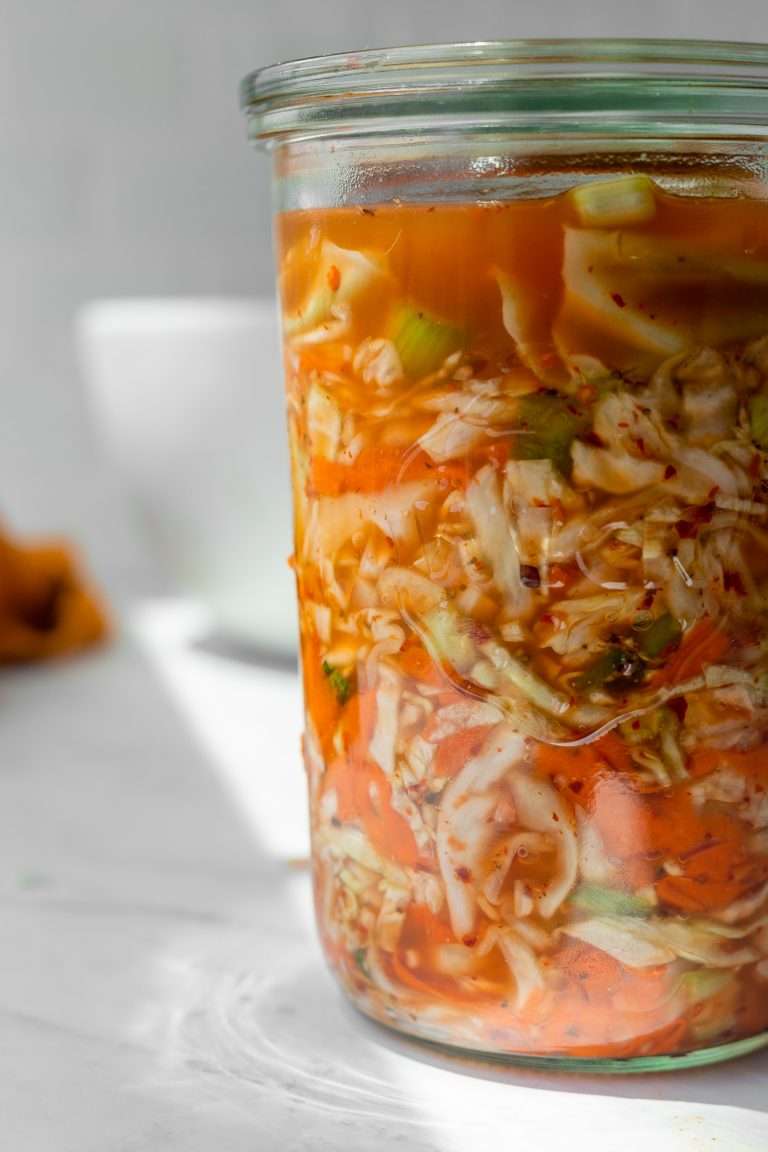
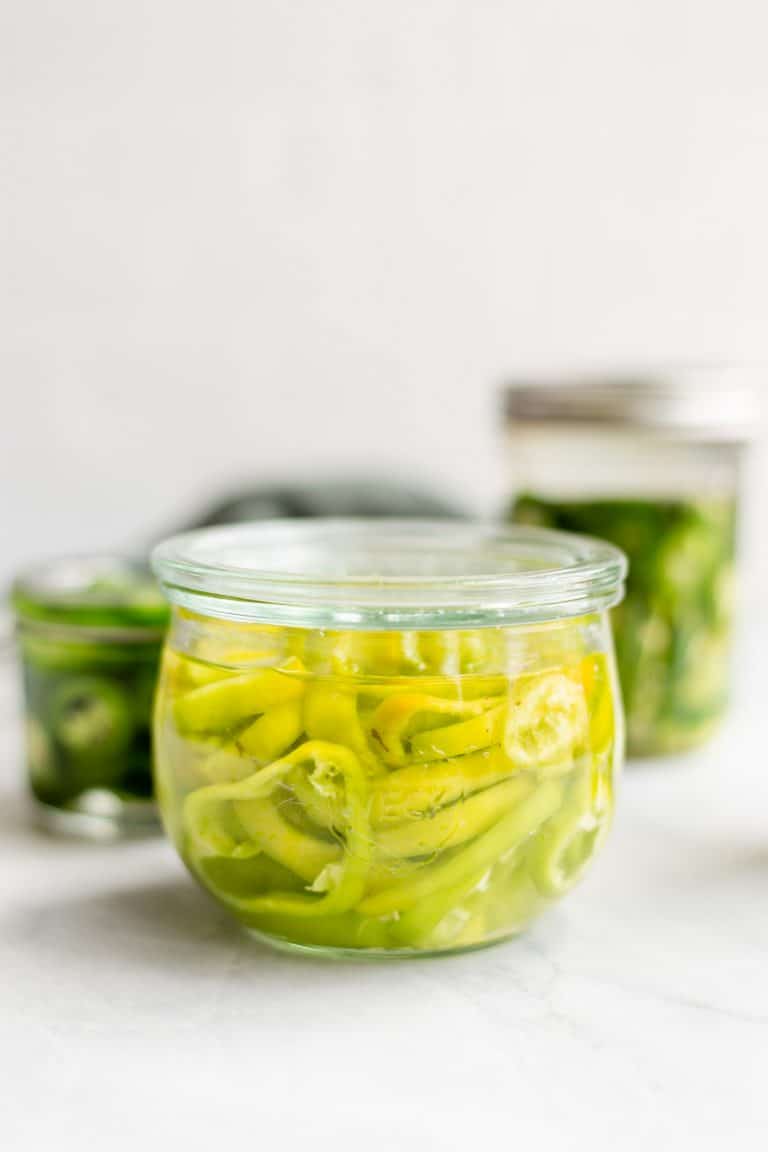
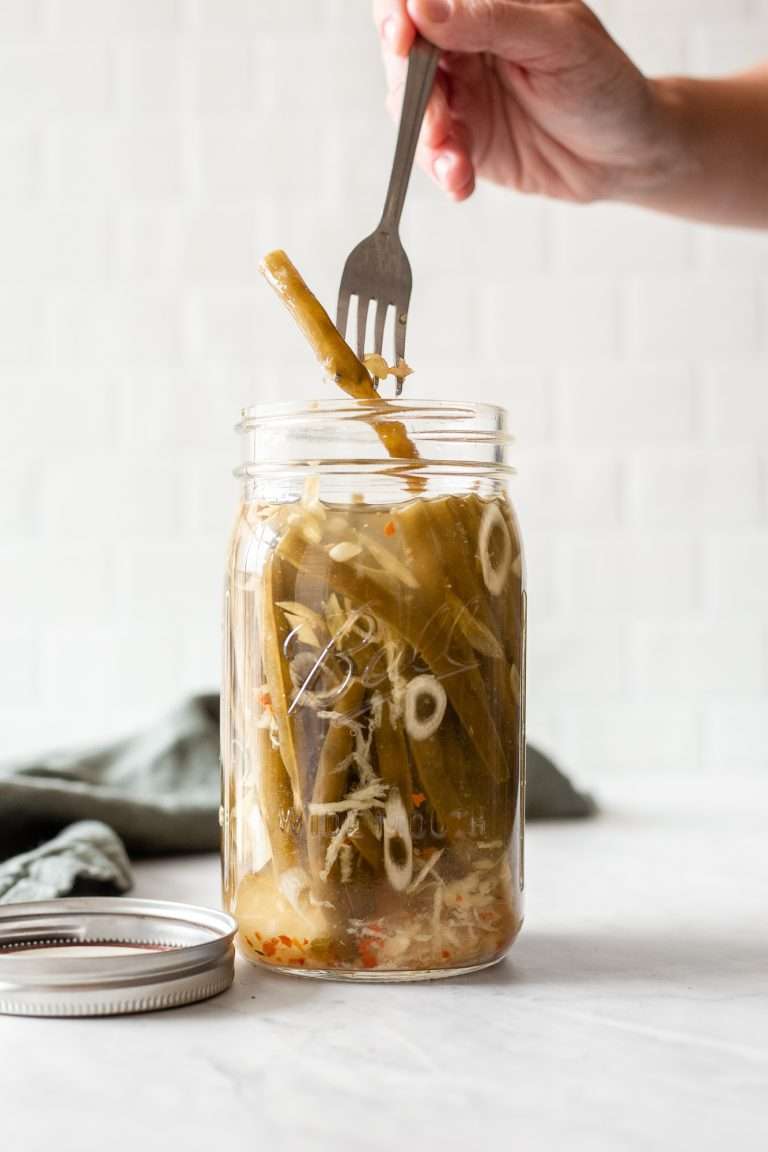
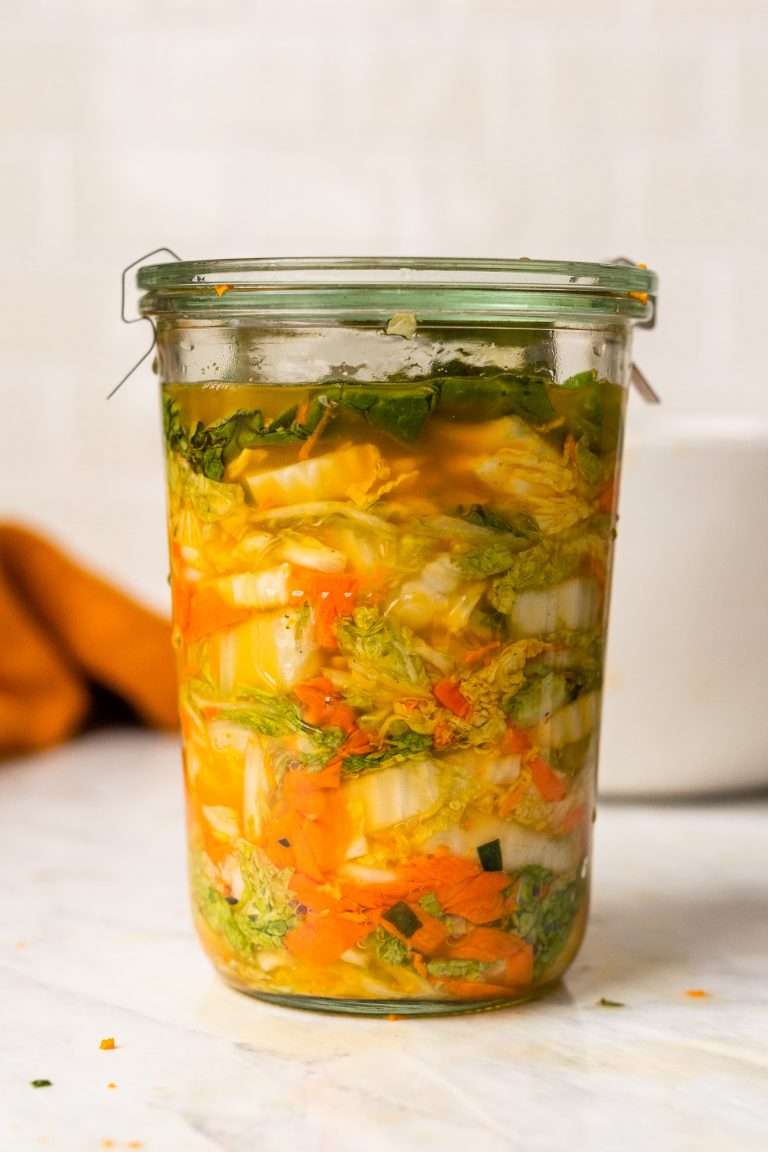
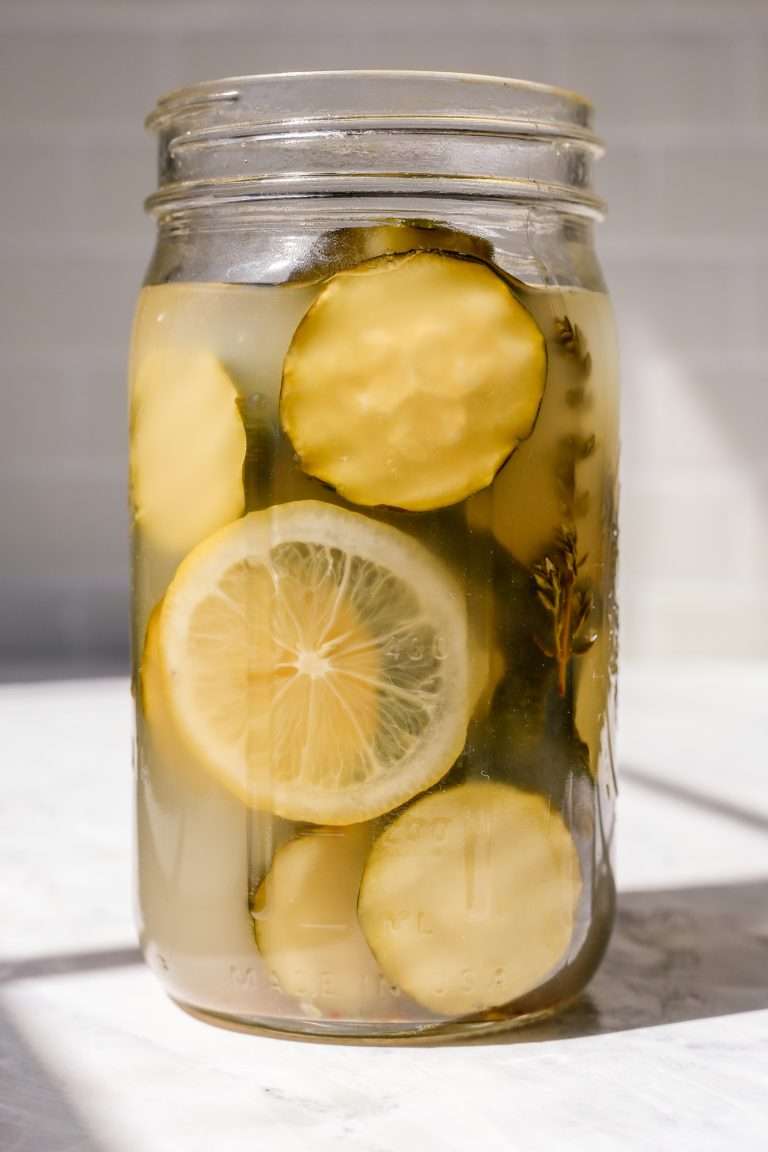

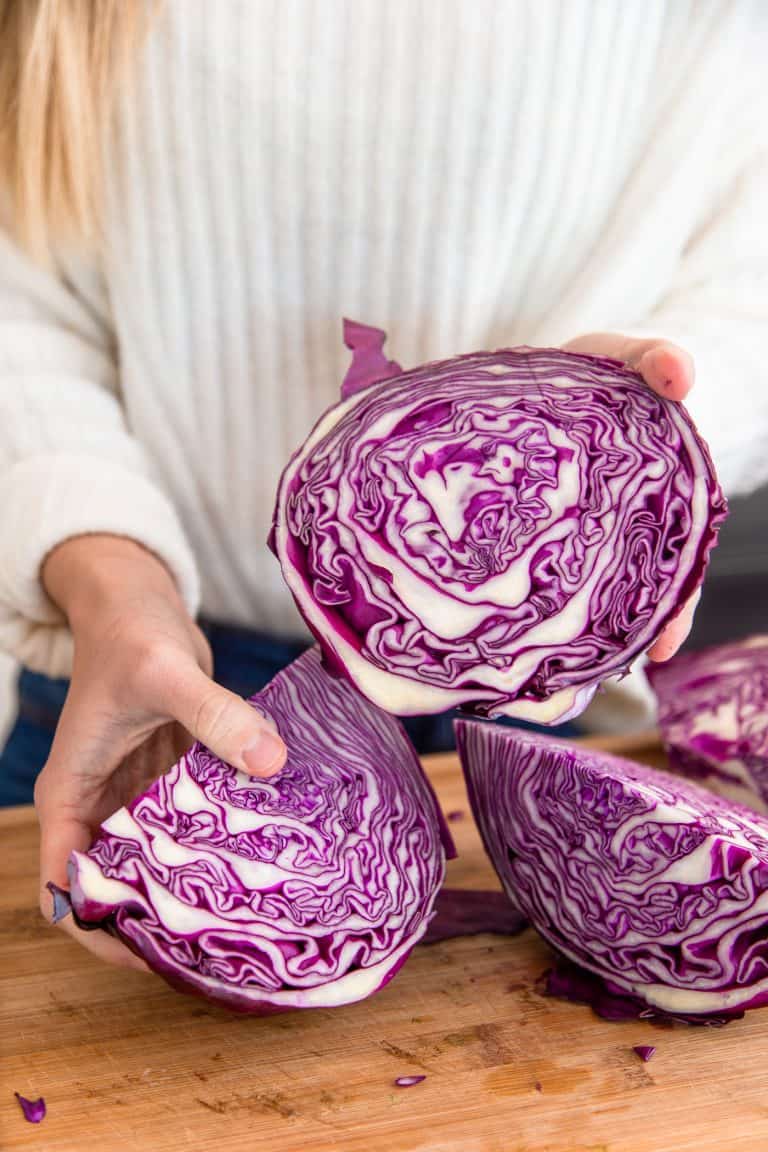
















I’ve noticed that usually kimchi has a bubbly taste like it is slightly carbonated but sauerkraut never does. Is this effervescence related to a quick ferment (kimchi) vs a longer ferment (sauerkraut)?
It is! Korean kimchi is not fermented for very long because a lot of people like the effervescence.